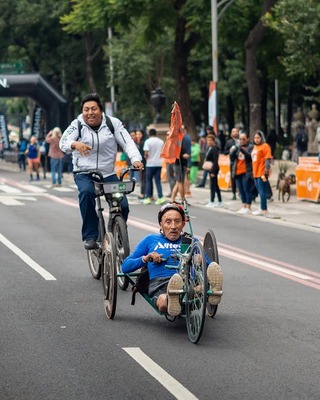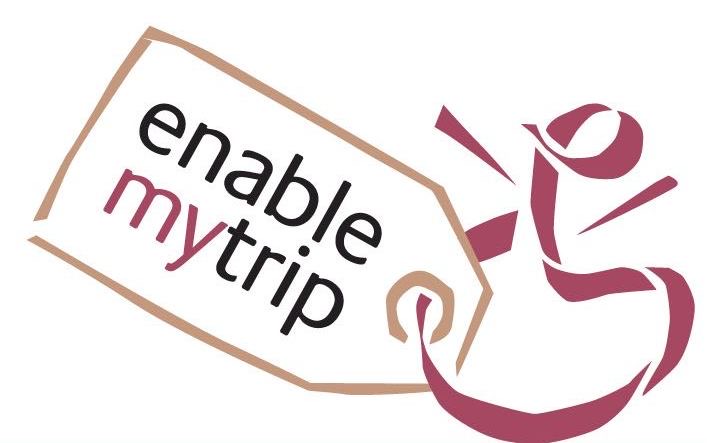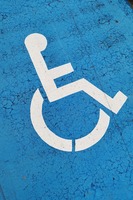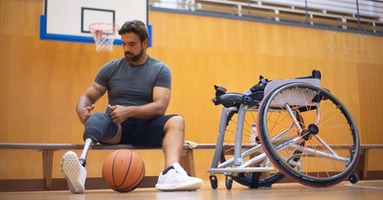
Paris held the 2024 Paralympic Games, broadcast in over 160 countries and territories. Viewing figures were expected to top those of the Tokyo 2020 Games, which were shown in 154 countries and attracted 4.1 billion viewers.
The growing popularity of disability sports is a potent tool for empowerment. Twenty-two fast and grippingly entertaining sports are gaining visibility in the summer Paralympics programme. The games are a significant step towards inspiring the 1.3 billion people worldwide with a significant disability.
Wheelchair rugby and wheelchair basketball are just two of the highly engaging sports. However, the list of 22 sports at the Paralympic Games includes swimming, archery, boccia, para-cycling, wheelchair racing, wheelchair tennis, and many more.
But the sad truth is that many disabled people globally will have never had a chance to take part in these sports – mainly because of the cost of equipment.
Participating in a sport offers more than just fitness. It has many other benefits as well. Additionally, spending time with peers is vital to leading a healthy life. Mentally and physically. But the cost of equipment can be the main reason why people cannot take part.
If a specialist wheelchair is needed to enhance the athlete's performance in the sport, this piece of equipment can cost thousands. It would be built with the highest-quality material and modelled to the user's posture so the wheelchair becomes part of them. If they move, it responds.
It’s fair to say that these pieces of specialist equipment, which are an aid but built correctly to enhance the player's performance, can cost an astonishing amount. This can deter people from participating. Private funding can be difficult, but sponsorship and support from organisations and charities can be obtained.









